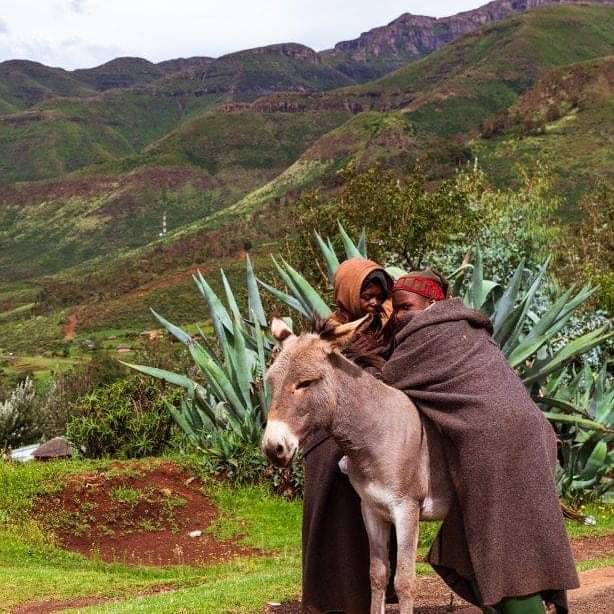
The Role of Herding in Basotho Culture
Herding is a deeply rooted tradition in Lesotho and remains an essential aspect of Basotho culture. Cattle, sheep, and goats serve as both a primary source of income and a symbol of wealth and status. The wool from sheep and goats plays a crucial role in the economy, providing livelihoods for many Basotho families.
Challenges Faced by Basotho Cattle Herders
Despite its cultural and economic significance, cattle herding in Lesotho presents several challenges:
Education Barriers: Herding is traditionally a male responsibility, often preventing young boys from attending school.
Poverty: Limited financial resources further restrict access to education for herders.
Environmental Concerns: Herders are increasingly aware of the effects of overgrazing on wetland degradation, which threatens both their livestock and the ecosystem.
Traditional Herding Practices
In the summer, herders migrate with their livestock to higher-altitude grazing lands in the mountains.
During the winter, they practice daily commuting, bringing their animals back home at night to protect them from freezing temperatures.
Basotho herders raise a variety of animals, including cattle, sheep, goats, horses, and donkeys. Dogs are also kept for guarding against thieves and predators like jackals.
The History of Cattle Herding in Lesotho (Bali Sana)
Basotho boys are initiated into herding at a young age, often as early as six years old, learning to care for livestock from an early stage. Herding serves both cultural and economic purposes and is practiced in two ways:
Daily Commuting: Herders take their livestock to the veld each morning and return home by evening during winter.
Seasonal Migration: In the summer, they relocate to remote cattle posts (Motibong) in the mountains, staying there for months to ensure their animals have access to better grazing pastures.
Conclusion
Basotho cattle herders continue to uphold a way of life that has been passed down for generations. Despite modern challenges, their resilience and deep connection to the land and livestock keep this tradition alive, shaping both their identity and Lesotho’s agricultural landscape.


